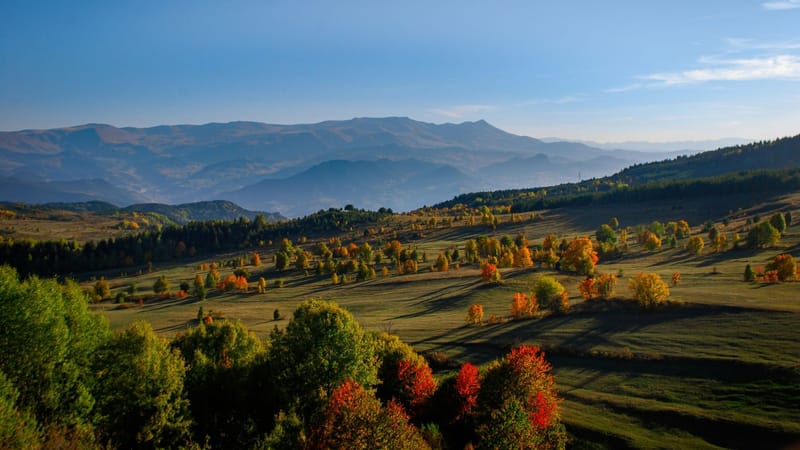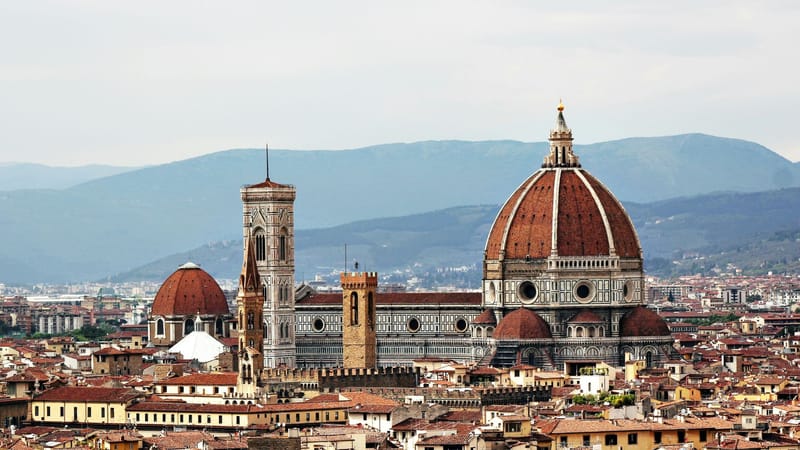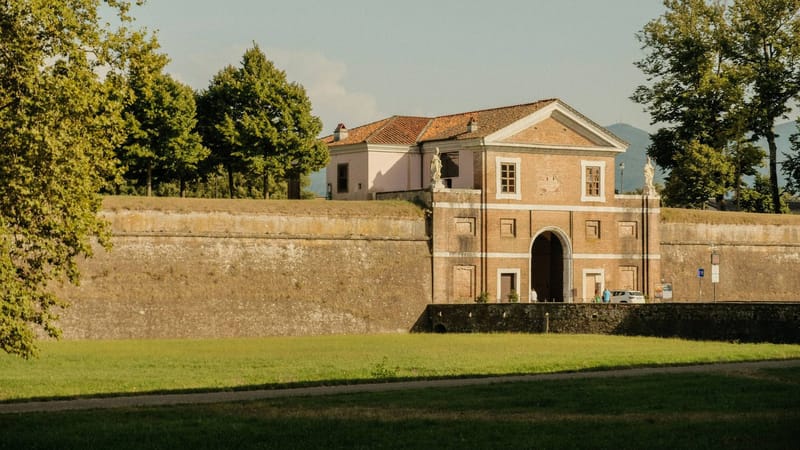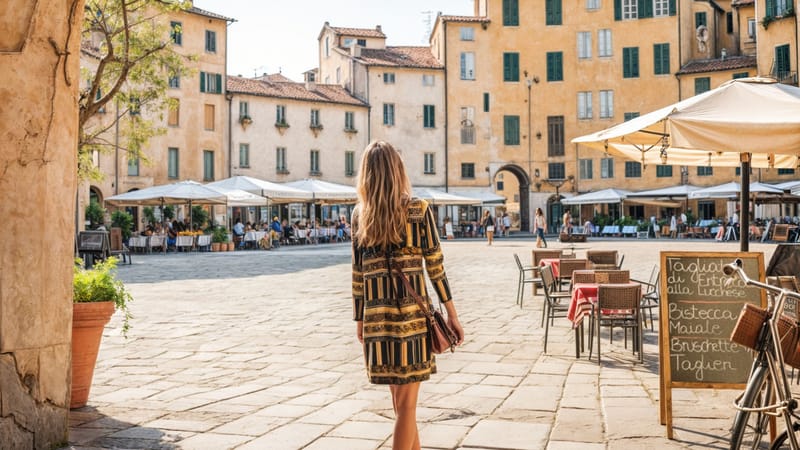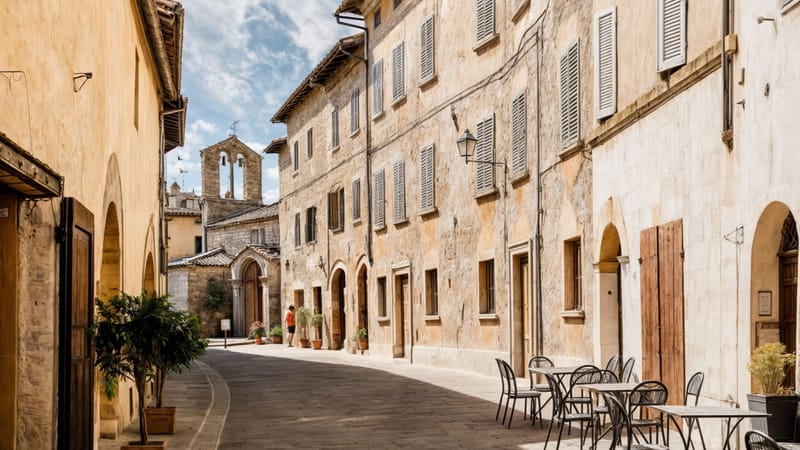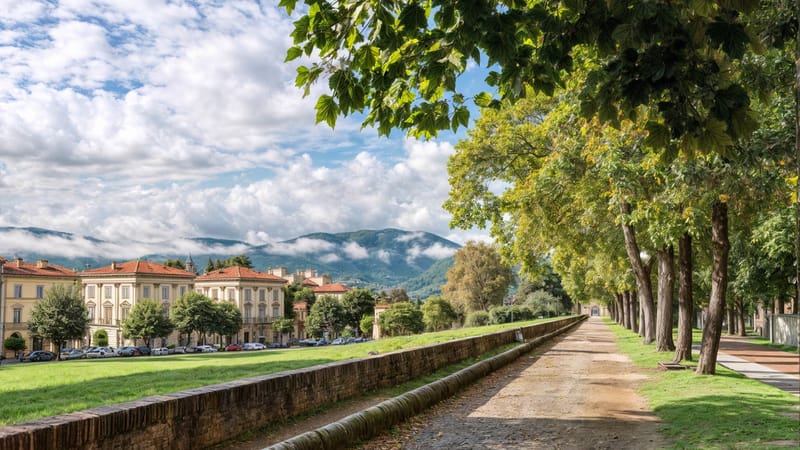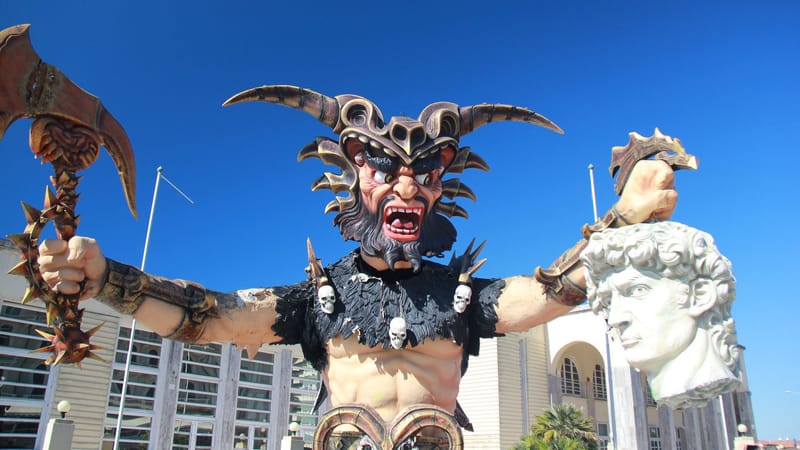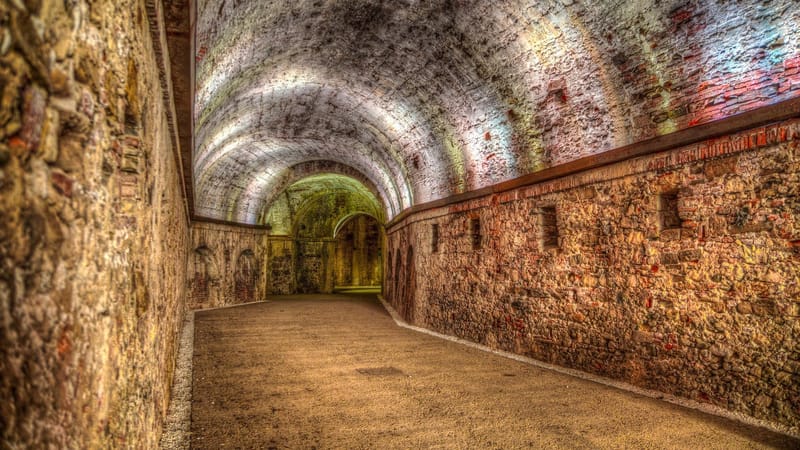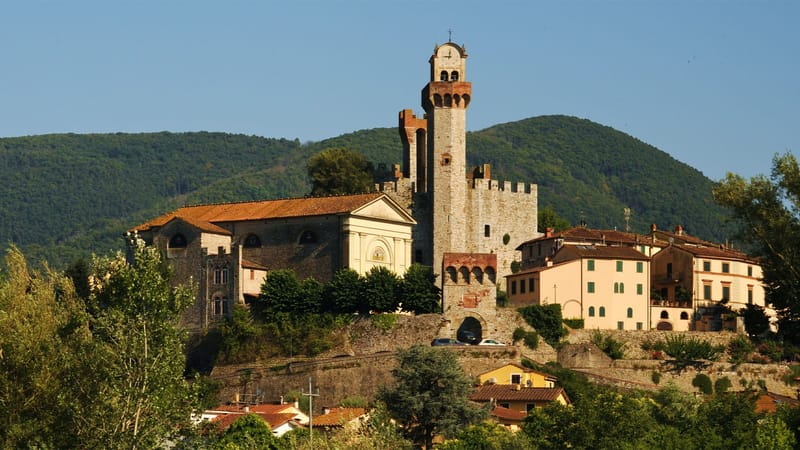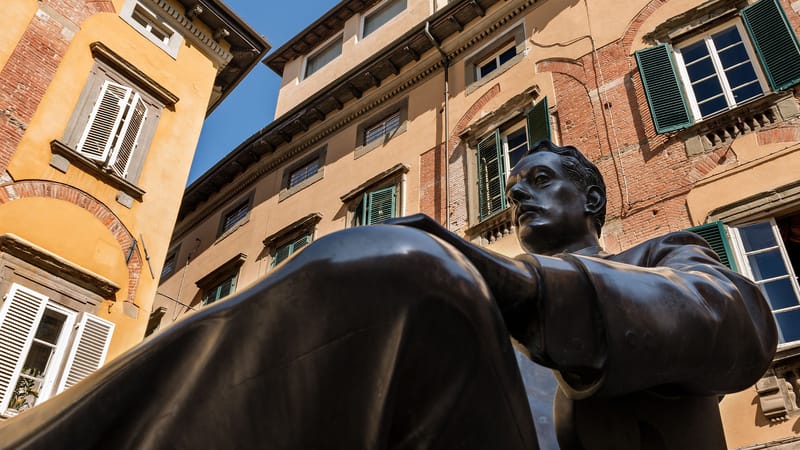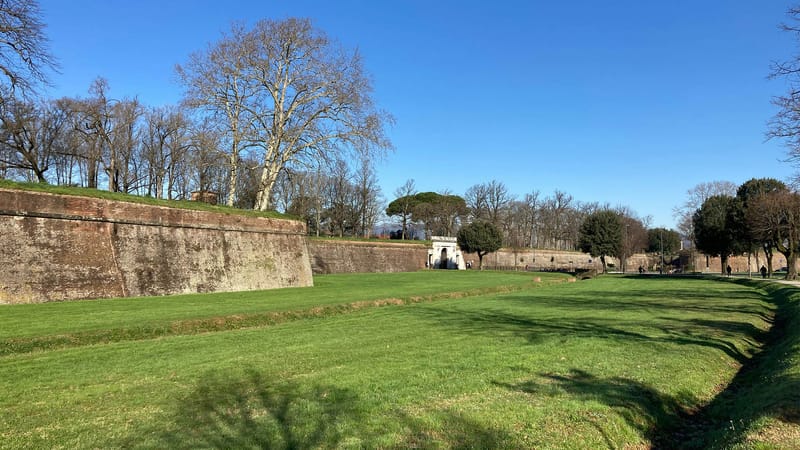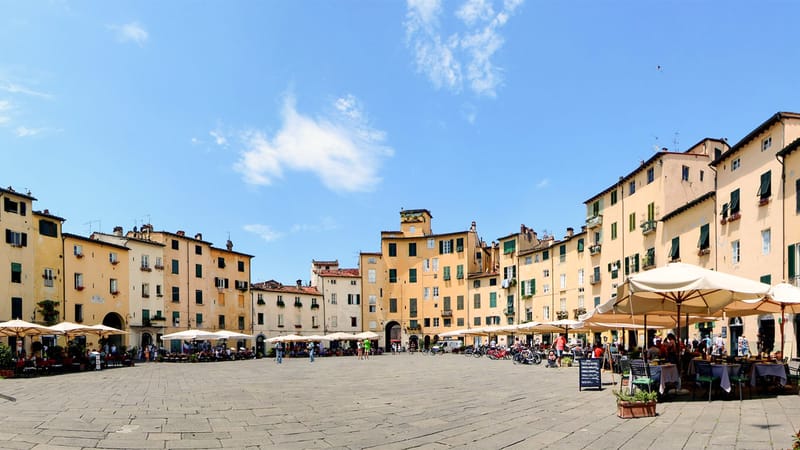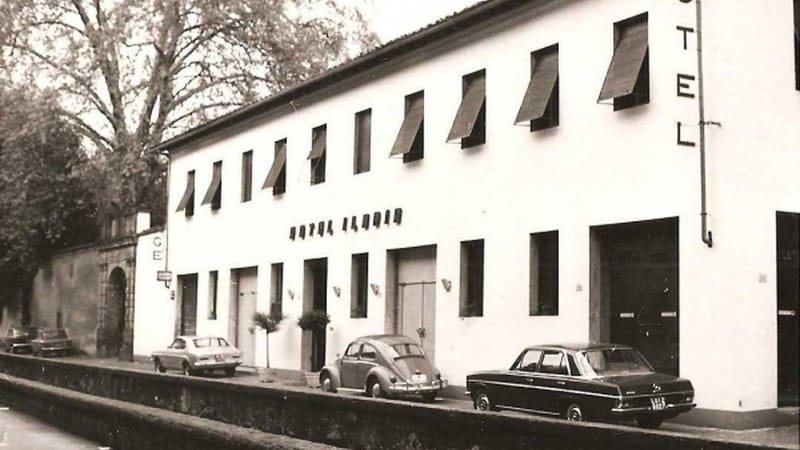
Book your stay in Lucca
The legend of the Devil's Bridge
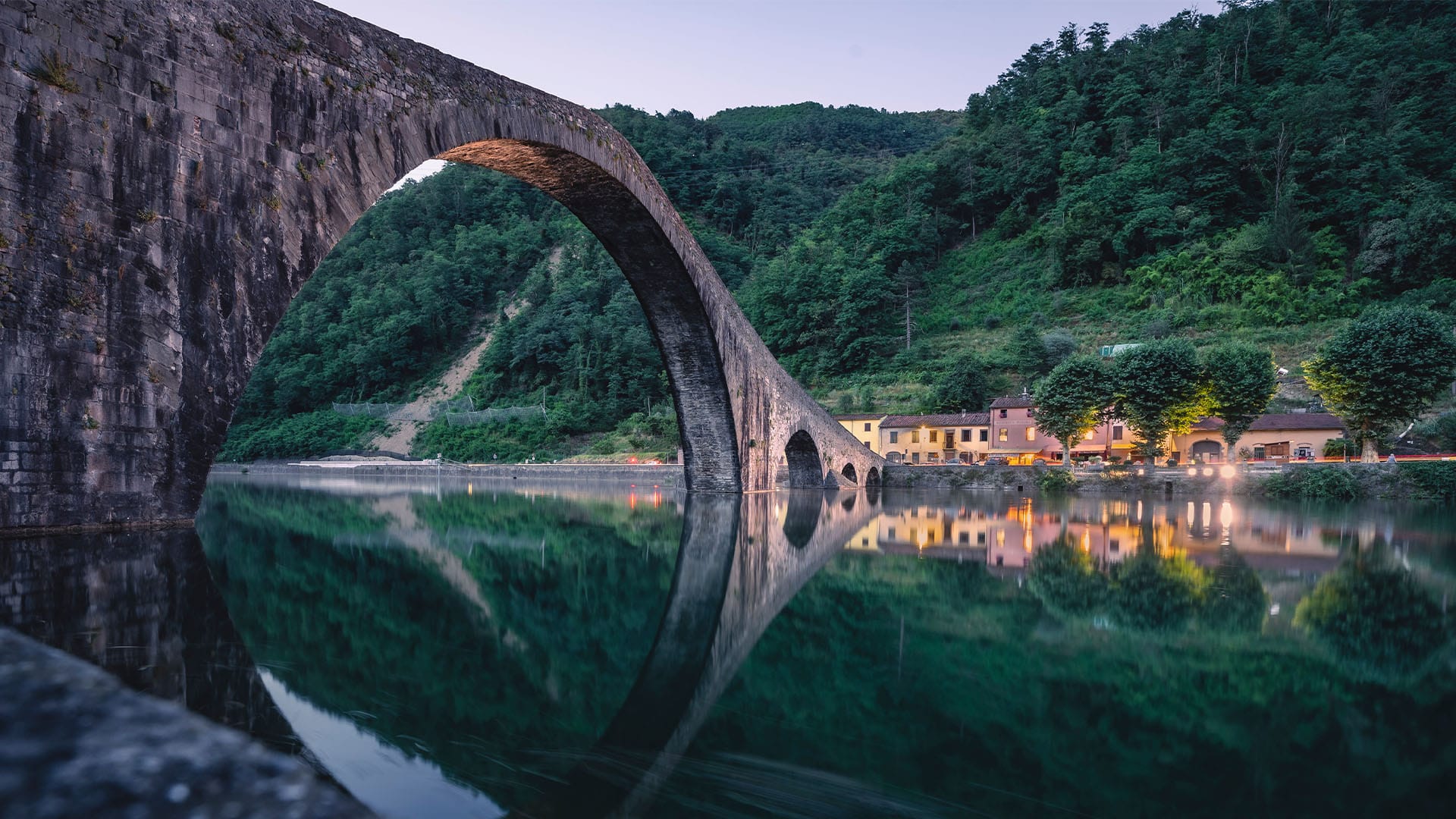
The Ponte della Maddalena, known to most as the Ponte del Diavolo, is one of the preeminent points of interest in all of Tuscany.
The bridge crosses the Serchio river in the town of Borgo a Mozzano, in the province of Lucca.
Due to its shape, characterized by arches of various sizes, Ponte della Maddalena has inspired numerous stories about its origin.
The origins of the legend
Legend has it that it was the citizens of the town of Cividale del Friuli who took the initiative to build a stone bridge. The reason? They wanted to join the two banks of the river. However, despite the will, they never managed to start the project due to the complexity of the work.
After several attempts, not knowing who to ask for help anymore, they called on the devil. Tail, horns and red eyes: the apparition immediately dispelled any doubts about who was the character who appeared before them. The devil then appeared to the citizens of Cividale and immediately made himself available to give his contribution.
On one condition. In exchange for his help, in fact, the devil asked for the soul of the first person who would have crossed it. The citizens gathered in an assembly, at the end of which they deliberated the decision to accept the conditions set. The devil built the bridge in one night. To do this, his mother also intervened, who carried a large boulder in her lap which she placed in the center of the river, on which the central pillar still rests today.
The next day the devil demanded the reward but was deceived by the citizens of Cividale del Friuli. It was a dog - or perhaps a cat, according to another version of the legend - who crossed the bridge first, arousing the wrath of the evil one. The latter then tried to destroy his work to take revenge for the wrong, but was immediately put to flight thanks to a cross carried by the whole population.
The historical fact
History gives the first traces of the Ponte della Maddalena in the thirteenth century. In this period, the bridge was made of wood and required continuous interventions and restorations.
It was in 1422 that the works for the construction of a stone bridge were started. The first steps were taken under the guidance of the architect Jacopo Daguro da Bissone, they continued under the orders of Eraldo da Villaco and ended under the direction of Bartolomeo delle Cisterne.
The Devil's Bridge was destroyed during the First World War by Italian troops. During the defeat of Caporetto they razed it to the ground in an attempt to stop the advance of the Austrian army. It was rebuilt by the Austrians themselves in 1918, a year after its destruction.
The bridge that today attracts many tourists from both Italy and abroad rises 22 meters above the level of the river and extends for about 50 meters. Two monumental arches fuel its charm and interest; the central pillar rests on a large natural boulder.

